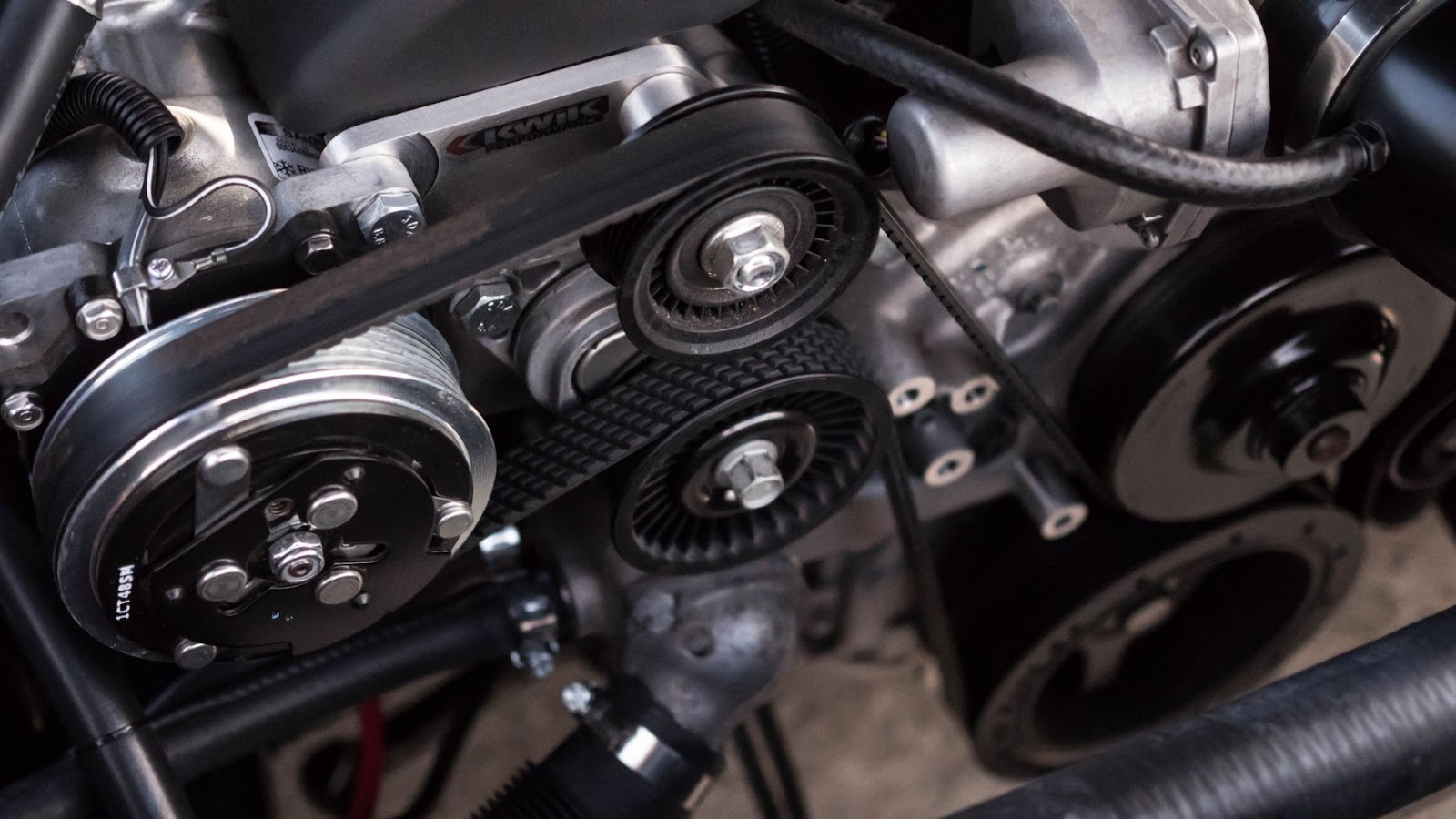
Photo by Chad Kirchoff on Unsplash
Timing Belts 101: Everything You Need to Know
Welcome back to the Import Automotive blog, where we share valuable insights on car maintenance and automotive topics. In today's post, we'll be delving into the world of timing belts, shedding light on their importance, function, and the significance of proper maintenance. So, sit back, relax, and join us on this educational journey!
What is a Timing Belt?
At its core, a timing belt is a crucial component in your vehicle's engine that helps synchronize the rotation of the engine's crankshaft and camshaft. It ensures that the valves open and close at the right time, allowing the engine's pistons to move smoothly and preventing any interference between the valves and pistons. Think of it as a conductor, orchestrating the precise timing of your engine's internal movements.
The Role of a Timing Belt
The primary role of a timing belt is to maintain the synchronization between the engine's camshaft and crankshaft. Doing so enables the valves to open and close perfectly with the pistons' movements. This synchronization is vital for efficient engine performance, as any misalignment can lead to severe damage to the engine components.
Signs of a Worn Timing Belt
Over time, timing belts can wear out and become prone to damage. Awareness of the warning signs that indicate a worn or failing timing belt is essential. Keep an eye out for the following indicators:
1. Visible Damage or Cracks. Inspect your timing belt regularly for any visible signs of decay. This may look like cracks, missing parts, being very thing, or any other damage. If you notice such issues, it's crucial to have your timing belt replaced promptly to avoid potential engine damage.
2. Engine Misfires or Vibrations. A worn timing belt can cause engine misfires or vibrations. A technician should check your timing belt if you experience unusual vibrations or your engine starts misfiring.
3. Difficulty Starting the Engine. A worn timing belt can lead to difficulty starting your engine. Suppose your engine struggles to start, especially with the other mentioned signs. In that case, it's time to inspect your timing belt.
Timing Belt Maintenance and Replacement
Proper maintenance and timely replacement of the timing belt are crucial to prevent potential engine damage. While the specific interval for timing belt replacement can vary depending on the type of car you drive, replacing it every 60,000 to 100,000 miles is generally recommended. Consult your vehicle's owner's manual or contact our expert team at Import Automotive for personalized guidance.
Trust Import Automotive for Timing Belt Services
At Import Automotive, we understand the significance of a well-maintained timing belt. Our team of highly skilled technicians has the expertise to inspect, repair, and replace timing belts to ensure the optimal performance of your vehicle's engine. We use top-quality parts and follow industry best practices to deliver exceptional service.
Conclusion
A timing belt plays a crucial role in maintaining the synchronization of your vehicle's engine components. Ensuring precise timing allows your engine to operate efficiently and reliably. Recognizing the warning signs of a worn timing belt and adhering to a regular maintenance schedule will help you avoid costly repairs and keep your engine running smoothly.
At Import Automotive, we're dedicated to providing exceptional service and keeping your vehicle in optimal condition. Our auto mechanics are friendly, knowledgeable, ethical, ASE-certified technicians ready to help you get your car in shape when you are prepared to invest in your vehicle's long-term health. We are located at 7171 Ronson Rd Ste B, San Diego, CA 92111, and we're open Mondays through Fridays, from 7:30 AM to 5:30 PM. Please schedule an appointment today.